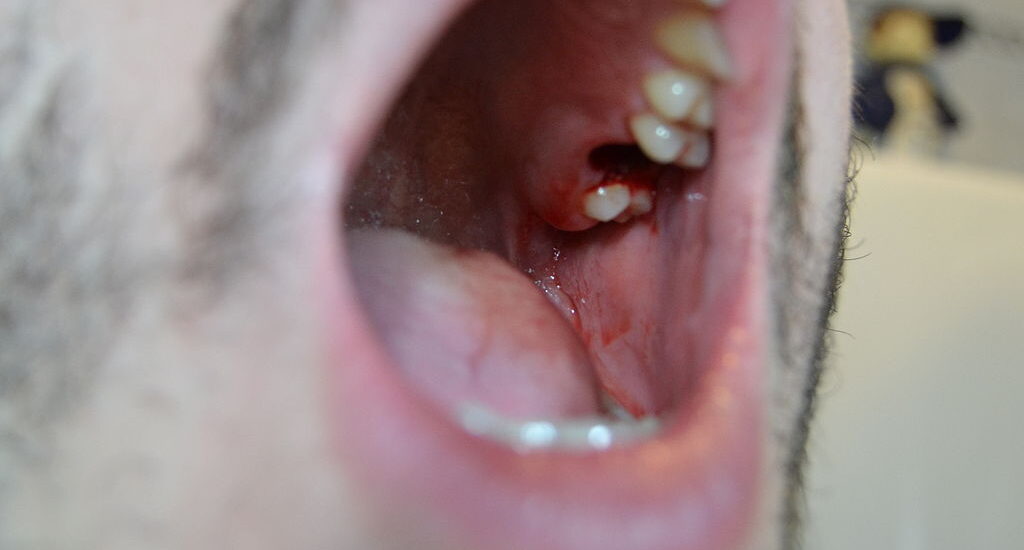If you’re looking to understand how to avoid dry socket after wisdom tooth removal, you’ve come to the right place. This comprehensive guide provides step-by-step instructions, explaining everything you need to know about this common post-surgical concern.

Table of Contents
Understanding Dry Socket
Dry socket, also known as alveolar osteitis, is a painful condition that can occur after a tooth extraction. Understanding the risk factors and knowing how to care for your mouth post-surgery can help prevent this complication. (Source)
How to Avoid Dry Socket After Wisdom Tooth Removal
The steps below will guide you on how to avoid dry socket after wisdom tooth removal:
Step 1: Follow Post-Extraction Care Instructions
After wisdom tooth removal, following the specific instructions provided by your dental surgeon is paramount for healing and preventing complications like dry socket. These instructions usually include:
Avoiding Certain Foods: Stick to soft foods initially, and avoid anything that can irritate the wound such as spicy, hot, or crunchy items.
Avoiding Spitting or Rinsing Forcefully: Vigorous spitting or rinsing can dislodge the blood clot, exposing the bone and nerves.
Medications: Follow the prescribed medications for pain relief and swelling reduction exactly as directed.
Activity Restrictions: Limit physical activities as they might increase blood pressure and cause the clot to dislodge.
Adhering to these specific guidelines is essential for proper healing. (Source)
If you’re dealing with skin issues after an extraction, we recommend you read this article: Skin After Extractions [Care/Problems & Remedies] to learn how to address those issues and care for your skin.
Step 2: Avoid Smoking and Tobacco Products
Smoking and using tobacco products after tooth extraction can create multiple problems, including:
Decreased Blood Flow: Nicotine constricts blood vessels, limiting blood flow to the healing area, and increasing the risk of dry socket.
Slowed Healing: Tobacco smoke contains harmful chemicals that can impede the body’s natural healing processes.
Infection Risk: Smoking introduces bacteria into the mouth, increasing the risk of infection.
Refrain from smoking for at least 24 hours, or longer if possible, to minimize these risks. (Source)
Step 3: Monitor Your Diet
Proper dietary management after tooth extraction aids the healing process:
Soft Foods: Start with soft, bland foods like mashed potatoes or yogurt to avoid irritation.
Avoid Hot or Acidic Drinks: Beverages that are too hot or acidic can cause discomfort and slow healing.
No Straws: The sucking motion when using a straw can dislodge the clot, so drink directly from the cup.
Gradual Reintroduction of Solids: Slowly reintroduce solid foods as your comfort allows, being mindful of the extraction site.
Monitoring your diet is key to a smooth recovery.
Check out these other related articles…
How to Treat Skin After Extractions: 8 Expert Tips
How to Care for Your Skin After Extractions in 4 Easy Steps
Inflamed Skin After Extractions: Comprehensive Guide
Skin Peeling After Extractions: Causes & 3 Proven Solutions
Skin Purging After Extractions: A Comprehensive 411 Guide
Red Skin After Extractions: Essential Tips & Solutions
Yellow Skin After Wisdom Teeth Surgery: 2 Causes & Solutions
Step 4: Maintain Oral Hygiene
Proper oral hygiene is vital to prevent infection and promote healing after wisdom tooth removal:
Gentle Cleaning: Clean around the extraction site gently with a soft-bristle toothbrush, avoiding direct contact with the wound.
Avoid Vigorous Rinsing: Rinse with warm salt water gently, without vigorous swishing, to prevent clot dislodgment.
Regular Dental Hygiene: Continue regular brushing and flossing but be extra gentle near the extraction site.
Antiseptic Mouthwash: If recommended by your dental provider, use an antiseptic mouthwash to keep the area free of bacteria.
Maintaining meticulous oral hygiene helps prevent dry socket and promotes overall oral health.


